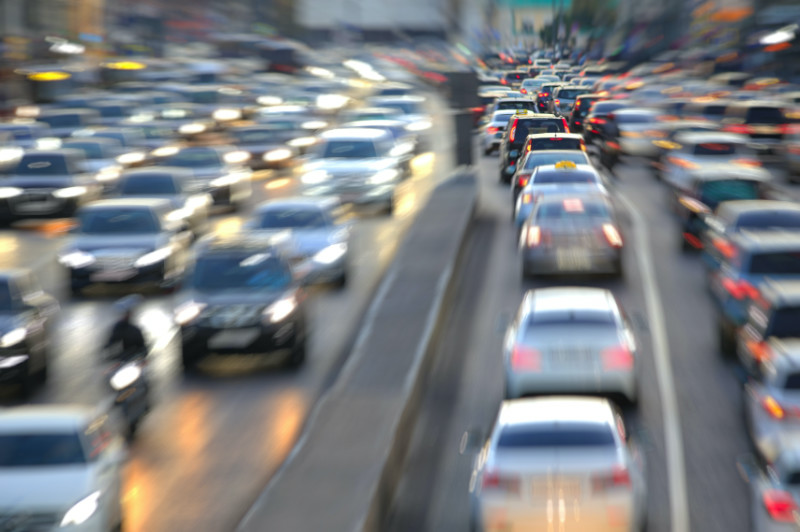In today's fast-paced world, where time is of the essence, finding the fastest means of transport is crucial. Whether it's for personal or commercial purposes, speed plays a vital role in determining efficiency and productivity. In this article, we will explore various modes of transportation and unveil the ultimate champion in terms of speed and efficiency.
- The Need for Speed:
Speed is a fundamental factor when it comes to transportation. It directly impacts travel time, accessibility, and overall convenience. As technology advances, transportation methods have evolved significantly, offering faster and more efficient options. Let's delve into some of the most prominent contenders in the race for speed. - Air Travel: Conquering the Skies:
When it comes to covering long distances in the shortest time possible, air travel takes the lead. Commercial airliners, equipped with powerful jet engines, can reach astonishing speeds, allowing passengers to traverse continents in a matter of hours. With advancements in supersonic technology, the future of air travel holds even greater promise, potentially reducing travel times further. - High-Speed Rail: Racing on Tracks:
High-speed rail systems have revolutionized land transportation, providing a fast and reliable alternative to air travel for shorter distances. Countries like Japan, China, and several European nations have invested heavily in high-speed rail networks, boasting trains that can reach speeds exceeding 300 km/h (186 mph). These trains offer a comfortable and efficient mode of transportation, connecting major cities and reducing travel times significantly. - Hyperloop: The Future of Speed:
The Hyperloop, a concept proposed by Elon Musk, has gained considerable attention in recent years. This revolutionary transportation system aims to transport passengers in pods through low-pressure tubes at speeds surpassing 1,000 km/h (621 mph). By utilizing magnetic levitation and reduced air resistance, the Hyperloop holds the potential to redefine the concept of speed in transportation, drastically reducing travel times for both passengers and cargo. - Supersonic Flight: Breaking the Sound Barrier:
While commercial supersonic flight has been absent from the skies since the retirement of the Concorde, recent developments suggest a potential comeback. Companies like Boom Supersonic are working on supersonic aircraft that can travel at speeds exceeding Mach 2 (2,180 km/h or 1,354 mph). These aircraft promise to bring back the era of supersonic travel, offering unprecedented speed and luxury for those willing to pay a premium.
Conclusion:
In the quest for the fastest means of transport, several contenders have emerged, each pushing the boundaries of speed and efficiency. From air travel and high-speed rail to the futuristic Hyperloop and the potential revival of supersonic flight, the future of transportation looks promising. As technology continues to advance, we can expect even faster and more efficient modes of transport, revolutionizing the way we travel and connect with the world.









+ There are no comments
Add yours